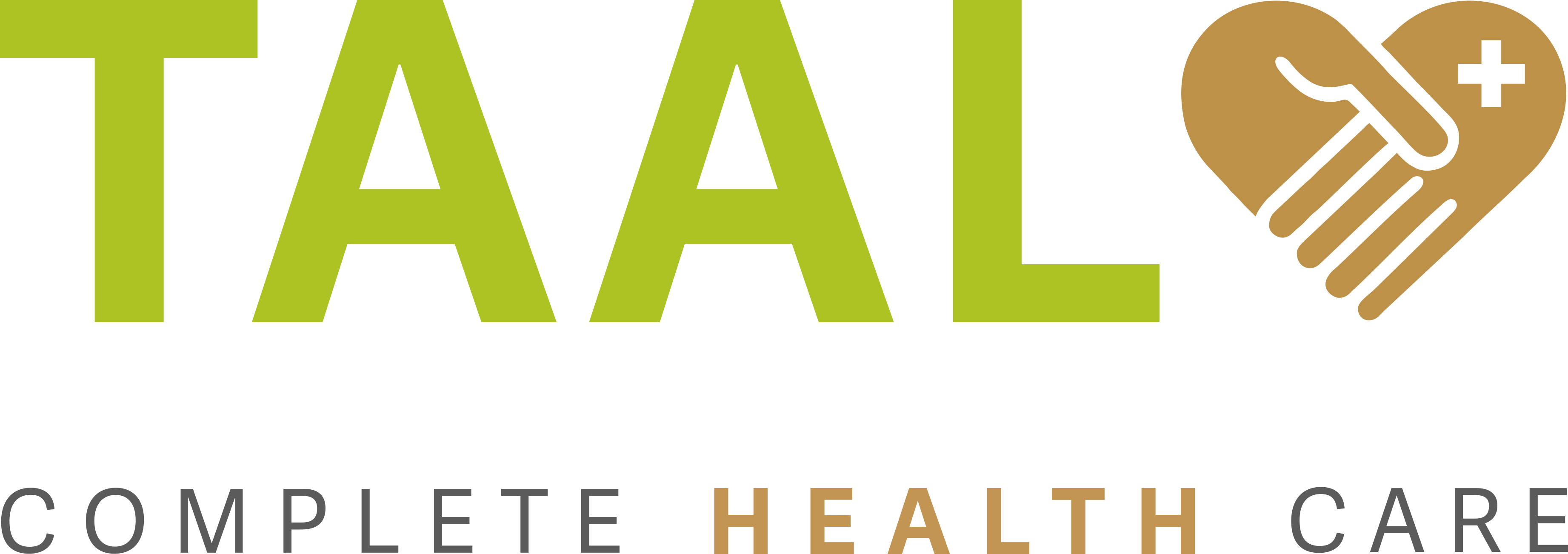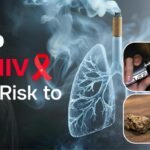How Early HIV Detection Can Save Lives The Importance of Timely Diagnosis and Treatment
Human Immunodeficiency Virus, or HIV, is still a huge health problem around the world. Luckily, doctors have made big leaps forward, and getting tested early is now one of our best defenses. A quick diagnosis not only keeps the virus from turning into full-blown AIDS, it also stops the virus from spreading and lets people live much longer, healthier lives. In this post well break down why timing matters and show you the medicines that keep the infection under control.
The Silent Struggle HIV in Its Early Stages
HIV doesn’t make a fuss right away, so some folks carry it for years without ever feeling sick. Because of that quiet start, a person might go about life, hold onto a job, or even start a family while slowly passing the virus to others. Regular testing is still the only sure way to find out if the virus is hiding in the blood.
HIV zeroes in on your immune system by targeting CD4 cells, the little generals that organize your bodies defense. If nobody steps in, the virus quietly drains that army, leaving you open to colds, infections, and all sorts of other illnesses. The good news is that catching the virus early gives doctors something to work with, so you can stay healthy for years.
How Fast Testing Can Save Lives
The sooner a test shows positive, the sooner pills start working, and the odds of living a normal life jump. When treatment kicks in early, HIV stays low-key, never getting the chance to upgrade to AIDS or drag the immune system down to nothing.
Being diagnosed quick also helps the people around you. Someone on antiretroviral therapy (ART) and aware of their status is far less likely to pass the virus along, so early testing is like putting up a shield for friends, family, and partners.
Improve Quality of Life
Starting HIV treatment right away can make a world of difference. Early therapy stops severe symptoms from showing up and keeps complications at bay. Most people living with the virus go on to lead long, full lives if they jump on antiretroviral therapy (ART) and stick with regular check-ups.
Empowerment
Finding out your HIV status puts you in the driver’s seat. Once you know, decisions about treatment, lifestyle, and support become clearer. You can ask doctors questions, lean on family, or join a local group that understands exactly what you’re facing.
The Role of Antiretroviral Therapy (ART)
HIV doesn’t sit still; neither should treatment. Antiretroviral therapy packs several medicines into one daily routine to stop the virus from making copies of itself. The pills don’t erase HIV but turn it from a life-threatening infection into a chronic virus that is manageable with care. People often hear different brand names at the pharmacy, yet the science behind them is the same-find the virus, block its next move, let the immune system catch its breath.
Common Medication Tenofovir (TDF)
Tenofovir pops up in nearly every first-line regimen, so patients usually meet it early in their care. The drug jams the viral copying machine, which means fewer new viruses circulate in the blood. Providers write TDF prescriptions for both pill and injectable forms, allowing flexibility based on side effects or lifestyle. Most folks take it without any fuss, and the combination strategy helps keep the daily pill count manageable.
Efavirenz (EFV)
Efavirenz has been a mainstay in HIV care for years. The drug lodges itself in the reverse transcriptase enzyme, so the virus can’t copy its suitcase full of genes into the new cells. Most clinics combine it with at least two other antiretrovirals to boost its reach and cover any blind spots.
Dolutegravir (DTG)
Dolutegravir earns a lot of praise for almost instantly knocking down viral loads. By blocking the integrase enzyme, it stops the viruses own DNA from gluing itself into its hosts genetic blueprint. Patients often stick with it because the pill count stays low and the resistance rate is manageable.
Lamivudine (3TC)
Lamivudine quietly gets the job done by also battering the reverse transcriptase enzyme, although its chemically distinct from efavirenz. Many doctors layer it on top of other agents since its side effect profile is so gentle. That flexibility helps maintain a potent, well-tolerated regimen.
Abacavir (ABC)
Abacavir joins the party in much the same way, tripping up the same reverse transcriptase machinery. Its worth noting, though, that a tiny fraction of patients will chalk up a life-threatening hypersensitivity reaction to it, so pre-testing for the HLA-B5701 gene is routine. When the gene test clears, clinicians routinely stack abacavir with lamivudine-and either DTG or efavirenz-for a bulletproof backbone.
Medicine Adherence Key to Long-Term Success
None of these pills do squat if the bottles stay closed. Patients who skip doses risk giving the virus a chance to rewrite its own playbook, and drug-resistant strains quickly follow. Regular check-ups, pill boxes, and honest chats about side effects are the daily scaffolding that keeps the long-term response standing tall.
Getting Tested The First Step Toward Saving Lives
Finding out your HIV status is quick, private, and usually over in just a few minutes. Most clinics and hospital labs will give you the results on the same day. Some drugstores even stock easy-to-use kits you can keep at home.
Two main test types cover the ground. A simple antibody test looks for the proteins your immune system makes after the virus enters your body. That one can use either a small blood drop or a swab from inside your cheek.
If doctors suspect a recent infection or someone has behaved in very high-risk ways, they might order a nucleic-acid test. This blood-only procedure hunts for bits of the actual virus instead of waiting for the body to respond.
Public-health experts urge every sexually active person to repeat the test at least once a year. People with many partners, needle-sharers, or those in relationships with someone who already lives with HIV should test even more often.
Conclusion : Early HIV Detection is a Lifesaver
HIV isn’t the automatic death sentence it once was, and that’s mostly because we find it sooner these days. When folks get tested early and jump on antiretroviral therapy, the virus stays quiet and the person stays healthy. a regular check-up, a quick lab slip, and, if needed, daily meds keep HIV from turning into AIDS. The sooner we act, the smaller the ripple of new infections and the bigger the chance everyone involved lives a full life.
Knowledge is power. Early HIV detection saves lives, so don’t put it off-visit trusted clinics, ask about home tests, and own your health today.
Other Resources –
This blog article shares general information on various topics. It is not a substitute for professional advice and is intended for informational and educational purposes only.
Please use individual discretion and judgment when applying any suggestions from the blog.






